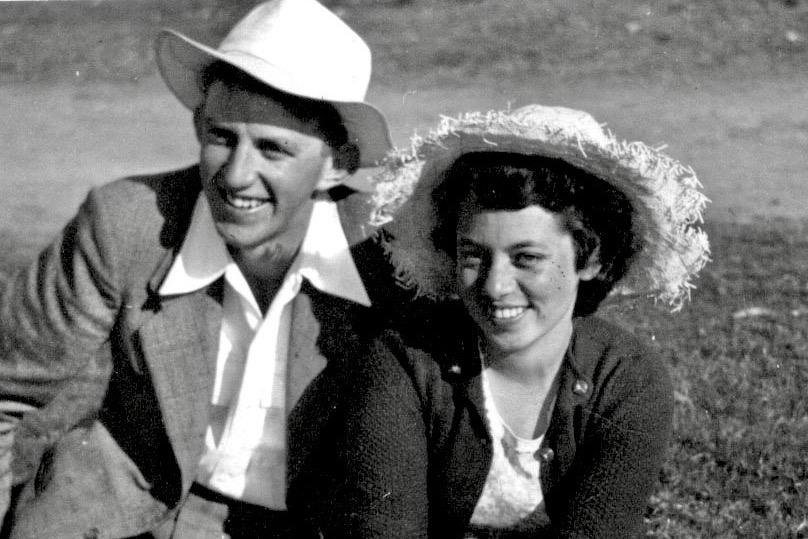The strict guidelines of gender socialisation at Avondale during the 1950s
Girls; hundreds of Adventist girls! An exciting prospect for a boy from a small country church. This was my first impression on arrival at the Australasian Missionary College in the 1950s.
I quickly discovered several rules about girls on campus.
The campus had girls’ and boys’ sides*. Preston and Bethel Halls and the campus north of the Chapel was the girls’ side. Haskell Hall and the campus south of the Chapel was the boys’ side. Boys could pass through the girls’ side to get to the dining room or to the Music Hall and girls could pass through the boys’ side to go to secretarial studies or to the factory.
Boys and girls entered the dining separately and, initially, sat randomly at tables. Later seating was arranged alphabetically. Couples couldn’t sit together.
Of the 400 students, most lived in the dorms. Married students or those living with parents could be outdoors. All students had to sign out to leave campus. Distant leave was approved once per term and on different weekends for boys and girls.
Attendance was compulsory and seating was fixed at morning and evening worships in dormitories, and at mid-morning assemblies.
Seating arrangements were separate for boys and girls in the upstairs Chapel, too. A boy could sit on the aisle seat with his sister on the girls’ side. His girlfriend could sit with his sister on the side away from him.
One Saturday each term, for a Privilege Night, boys could apply in writing for permission to escort a girl to the evening program. Both had to be over 18 and “in the good books” to receive permission. On the night, the boy would report to the preceptress who would check the girl’s dress** before sending them on their way. These were times of high spirits, boxes of chocolates, perfume and aftershave.
On Saturday evenings, senior students would organise games on the Preston Hall lawn. Games were popular because some required holding hands or allowed couples to disappear for a few moments in the shadows of surrounding trees.
After the Friday vesper program, a blind eye was turned on the crowd of students spilling out under the two large jacaranda trees. In the crowd, couples could linger to chat—but not for long. The principal, Dr Murdoch, would soon announce: “Time to go to your dormitories.”
Couples in a long-term relationship could also receive a “parlour privilege” to spend an unchaperoned Saturday evening together in the lounge room.
A picnic to Norah Head or a hike in the Watagan Mountains happened each term. Girls could wear one-piece swimmers at the beach and slacks for bushwalking but had to be back in dresses before returning to campus. Although there were no public displays of affection, couples used these relaxed opportunities to become better acquainted.
Avondale’s cultural revolution began in 1952 through the appearance of two uncomfortable garden seats on the Music Hall lawn and in full view of the principal’s office for couples to use for two hours on Tuesdays and Thursdays.
Progressively couples could eat together and sit together at weekend activities as long as they didn’t show “social immaturity” by doing so too often.
* Male and female students were referred to as “boys” and “girls” irrespective of age.
** Girl’s dress regulations: no slacks, modest neckline, no see-through tops, sleeves of acceptable length, dress length not more than four inches above floor when kneeling.
Laurie Draper met his wife Joy McGrath during Avondale’s cultural revolution. They know many who had a similar experience. Both thank God for the memories.
Share

